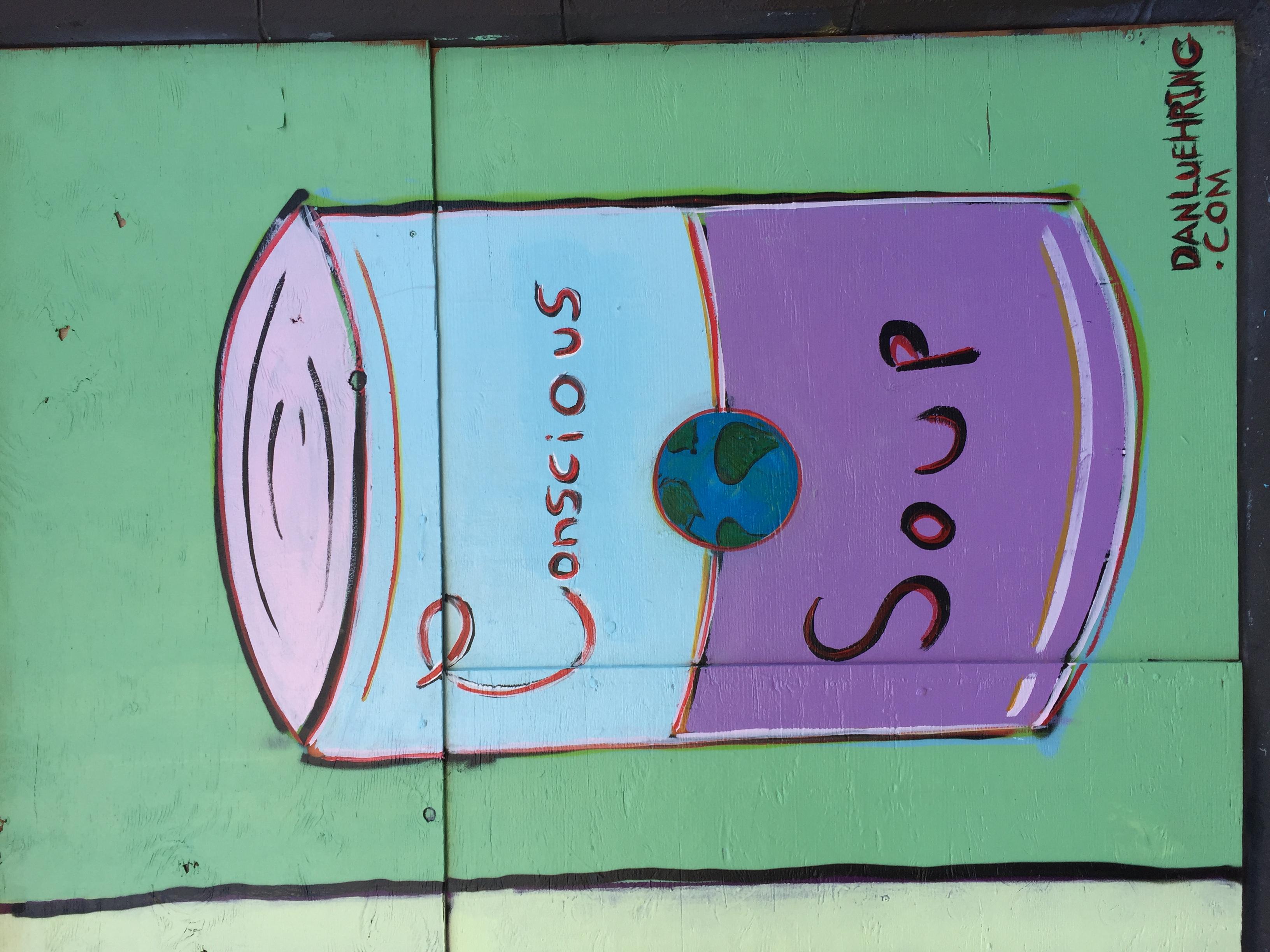… every time a nonprofit board or staff member told you “We’re the best kept secret in town; if people knew what we do, they’d give to support us.”
Nonprofits tell me this all the time! If I had all those dimes, I could make a nice contribution to your cause. And I would, if…
- You endeavored to learn a little bit about me,
- You engaged me personally,
- You discovered my values match yours,
- You offered me opportunities to connect with your mission and supporters that involved something other than money,
- You showed me you knew what most engaged my passions, and
- Then you asked me for a gift!
You see, merely “building awareness” will not ipso facto raise more money for your cause.
Just because I care about something, and somehow learn you are involved in doing something about that thing, doesn’t mean I’m going to support you financially.
Why should I? There are a lot of good causes out there, and making a decision to invest in you is something I need to act on.
I’m busy. I’m overloaded with information. And inertia is just too powerful a force.
You’ve got to do better than just hope I’ll stumble upon your website, see your social media post, hear about you on the news, or even open your direct email if you want me to really sit up, pay attention, and actively engage.
Especially if you want me to engage as a philanthropist.
Details




 I know you’re working on calendar year-end fundraising right now.
I know you’re working on calendar year-end fundraising right now.
 Whatever side of the political spectrum you’re on, the photo below is triggering.
Whatever side of the political spectrum you’re on, the photo below is triggering. Have you started working on your annual appeal and year-end fundraising plan?
Have you started working on your annual appeal and year-end fundraising plan?

 Text messaging is becoming an increasingly important fundraising tool. Why? One of the reasons is U.S. adults now spend 10.5 hours/day consuming media. With all the competition for your donors’ attention, there’s a need to cut through the clutter.
Text messaging is becoming an increasingly important fundraising tool. Why? One of the reasons is U.S. adults now spend 10.5 hours/day consuming media. With all the competition for your donors’ attention, there’s a need to cut through the clutter.
 Ever have a well-meaning, yet perhaps overly controlling or risk-aversive, boss say to you:
Ever have a well-meaning, yet perhaps overly controlling or risk-aversive, boss say to you:
 You want to raise money with your fundraising appeal, right?
You want to raise money with your fundraising appeal, right?